How to Optimize Printed Circuit Board Assembly for Maximum Efficiency and Quality
In the ever-evolving world of electronics, optimizing printed circuit board assembly (PCA) is crucial for enhancing both efficiency and quality in production processes. This article delves into best practices and innovative strategies that manufacturers can implement to streamline PCA, ensuring that they meet the demanding standards of the industry. From selecting the right materials and components to adopting advanced technologies and methodologies, our exploration highlights the critical elements that contribute to a more efficient assembly process. We'll examine how careful planning, precise execution, and continuous improvement can lead to significant reductions in production time and costs while simultaneously boosting the reliability and performance of the final products. By understanding and applying these techniques, electronics manufacturers can position themselves for success in a competitive marketplace, while delivering high-quality printed circuit boards that meet or exceed customer expectations.
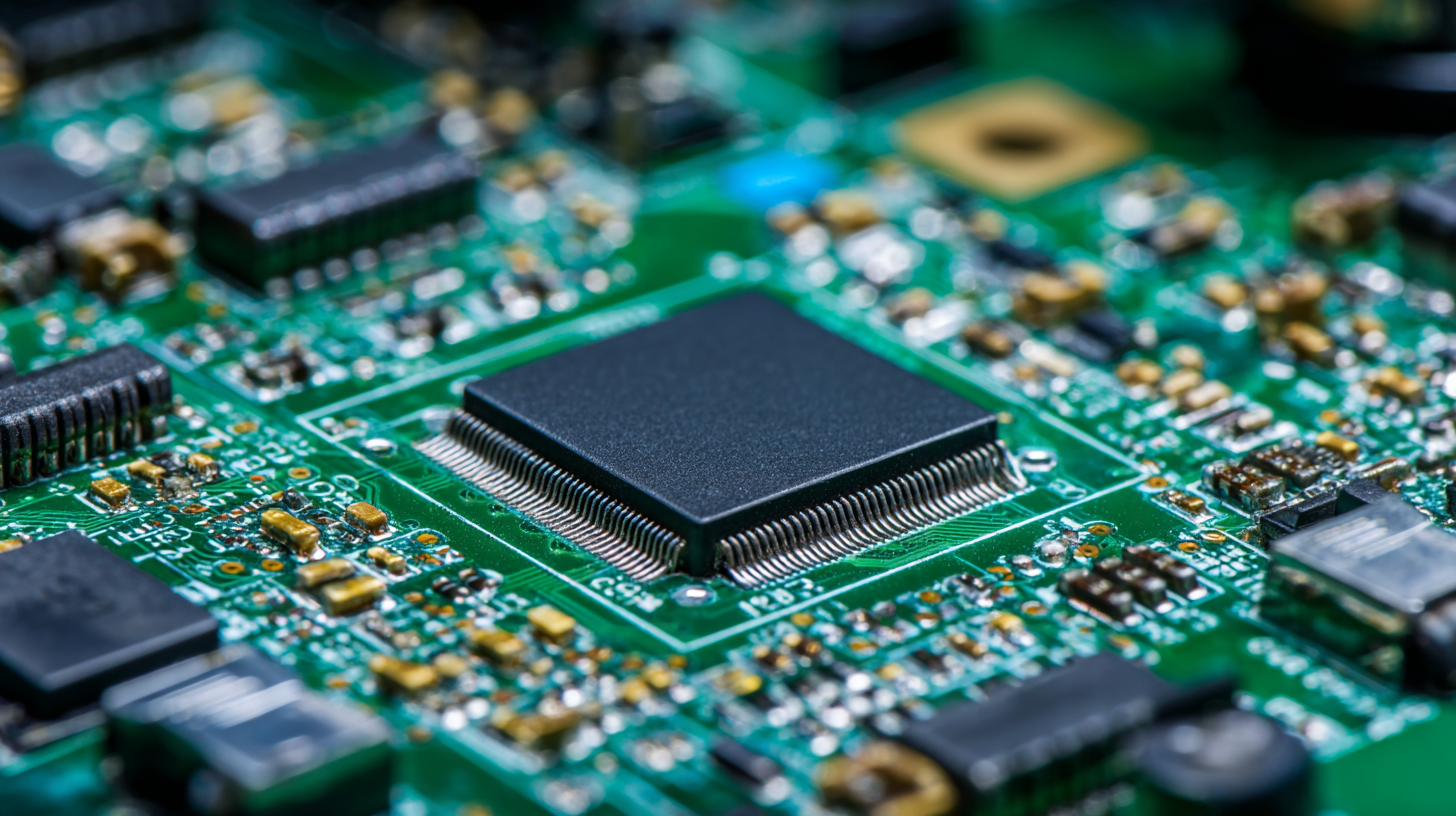
Strategies for Streamlining PCB Assembly Processes
Optimizing printed circuit board (PCB) assembly is crucial for manufacturers aiming to enhance both efficiency and quality in their production processes. One effective strategy is to implement Lean Manufacturing principles, which focus on minimizing waste and maximizing value. According to the IPC’s "A Study of Manufacturing Performance", companies that adopt Lean practices have reported a reduction in production costs by up to 30% and improvement in delivery times, which is vital in today's fast-paced electronics market.
Another approach is to invest in advanced automation technologies. Reports indicate that automated assembly lines can increase production rates by 50%, while also reducing the potential for human error. For instance, using robotic pick-and-place machines not only speeds up the assembly process but also enables precision in component placement, significantly lowering the defect rates. Furthermore, integrating automated inspection systems ensures that any inconsistencies are caught early, further enhancing the overall quality of the PCBs produced. Embracing these strategies not only streamlines PCB assembly processes but also drives competitive advantage in the electronics manufacturing industry.
Best Practices for Selecting PCB Materials for Optimal Performance
Selecting the right materials for Printed Circuit Board (PCB) assembly is crucial for ensuring optimal performance and quality. As the demand for embedded systems continues to rise, high-density interconnect (HDI) technology plays an essential role in miniaturizing circuit boards while enhancing their functionality. By using advanced materials, manufacturers can achieve performance improvements of at least 10%, which is critical in today’s highly competitive landscape.
Furthermore, when optimizing PCB materials, attention should also be paid to emerging technologies. The recent developments in transistor technology, such as those using materials like MoS2 for vertical transistors, signal a shift in the materials landscape that could potentially redefine performance standards. Incorporating such innovations will not only facilitate the creation of more efficient designs but also drive the evolution of electronic applications in various fields, from biomedical to consumer electronics. The integration of innovative materials and technologies is paramount in the pursuit of maximum efficiency and quality in PCB assembly.
Techniques for Reducing Errors in PCB Manufacturing
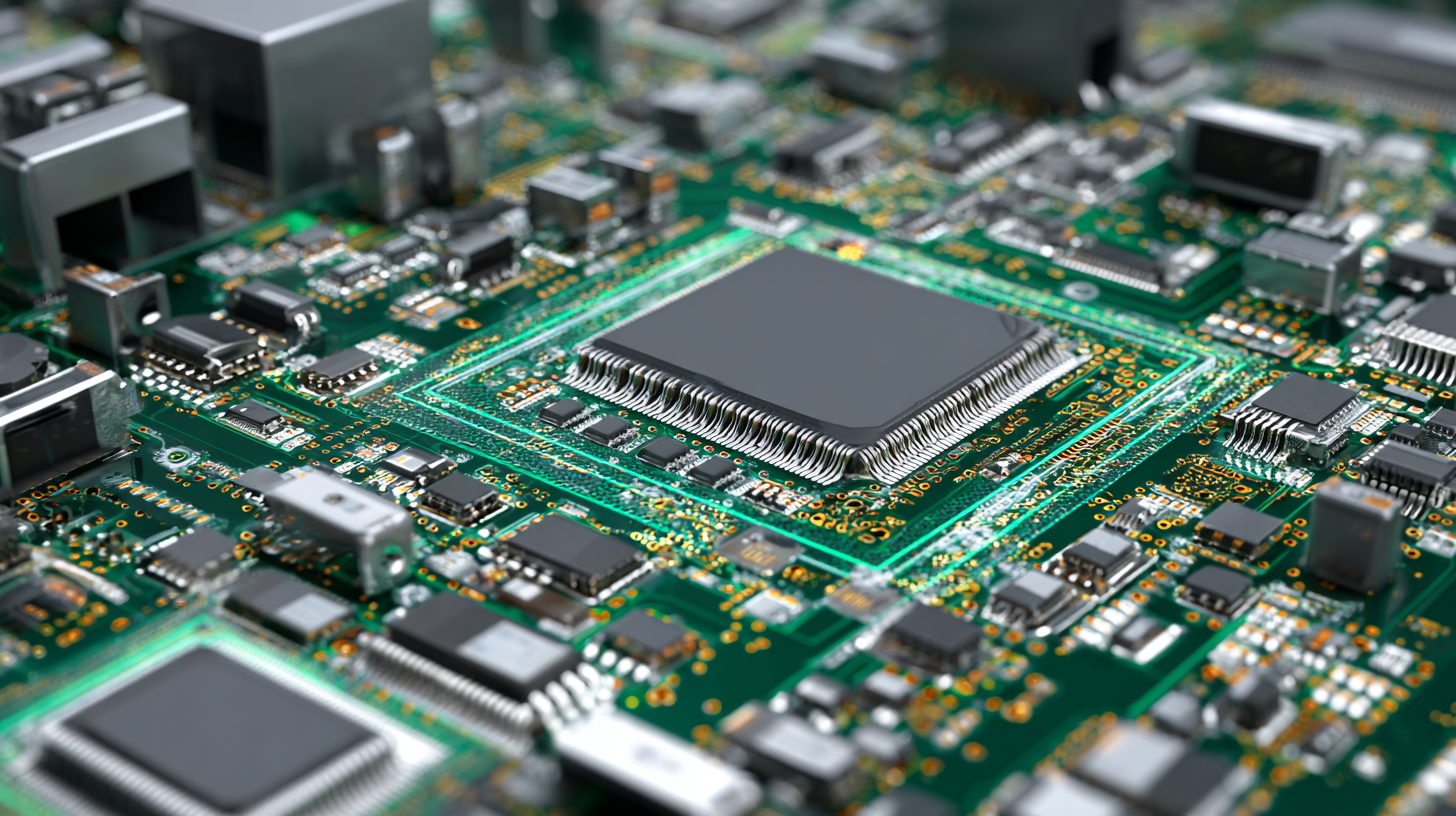 Reducing errors in PCB manufacturing is crucial for optimizing the overall assembly process and enhancing product quality. According to a report by IPC, nearly 30% of all PCB defects are attributed to assembly errors. Implementing rigorous inspection protocols and utilizing automated optical inspection (AOI) systems can significantly decrease these errors. AOI technology has shown to reduce defect rates by up to 70%, highlighting its importance in ensuring each board meets the desired specifications.
Reducing errors in PCB manufacturing is crucial for optimizing the overall assembly process and enhancing product quality. According to a report by IPC, nearly 30% of all PCB defects are attributed to assembly errors. Implementing rigorous inspection protocols and utilizing automated optical inspection (AOI) systems can significantly decrease these errors. AOI technology has shown to reduce defect rates by up to 70%, highlighting its importance in ensuring each board meets the desired specifications.
Tips for error reduction include investing in robust training programs for assembly line workers. A well-trained workforce can detect potential issues early, preventing rework and wasted materials. Additionally, utilizing design for manufacturability (DFM) principles can streamline production processes, facilitating smoother transitions from design to assembly. Reports indicate that following DFM practices can cut production costs by up to 20%, emphasizing the importance of incorporating these strategies.
Lastly, regular audits of the assembly process can help identify areas of improvement. By leveraging data analytics, manufacturers can pinpoint bottlenecks and implement corrective measures promptly. According to a study by the Electronics Industry Association, adopting continuous improvement strategies in PCB production can lead to a 15% increase in operational efficiency, underscoring the value of meticulous error management in enhancing both efficiency and quality in PCB assembly.
Implementing Lean Principles in PCB Assembly Workflows
Implementing lean principles in PCB assembly workflows can significantly enhance efficiency and quality. Lean methodology focuses on minimizing waste while maximizing productivity, which is crucial in the competitive landscape of electronics manufacturing. By assessing each step of the assembly process, companies can identify non-value-added activities and streamline operations. This involves restructuring workflows to ensure that every action contributes directly to producing high-quality printed circuit boards, thereby reducing cycle times and boosting throughput.
Moreover, adopting lean principles encourages a culture of continuous improvement within the assembly teams. Utilizing techniques such as 5S (Sort, Set in order, Shine, Standardize, Sustain) helps maintain an organized workspace, facilitating better communication and collaboration among workers. Implementing visual management tools can further assist in monitoring productivity and quality metrics, allowing teams to respond quickly to any discrepancies. By fostering a mindset geared towards efficiency and quality, organizations can not only enhance their PCB assembly processes but also improve overall product reliability and customer satisfaction.
How to Optimize Printed Circuit Board Assembly for Maximum Efficiency and Quality - Implementing Lean Principles in PCB Assembly Workflows
| Lean Principle | Description | Benefits | Example Implementation |
|---|---|---|---|
| Value Stream Mapping | Identifying all steps in the PCB assembly process to improve value. | Increased efficiency, reduced waste. | Creating flowcharts to visually map processes. |
| Continuous Improvement | Ongoing effort to enhance products, services, or processes. | Higher quality output, lower defect rates. | Regular feedback sessions to identify areas for improvement. |
| Kanban System | A scheduling system for lean and just-in-time production. | Reduced inventory costs, increased flexibility. | Using visual signals to manage production workload. |
| 5S Organization | A methodology focused on workplace organization and standardization. | Improved workplace efficiency, enhanced safety. | Implementing sorting, setting in order, shining, standardizing, sustaining. |
| Root Cause Analysis | Analyzing problems to find the root cause and address it effectively. | Reduced recurrence of problems, better quality assurance. | Using the "5 Whys" technique to investigate defects. |
Utilizing Automation and Technology to Enhance Assembly Efficiency
In the rapidly evolving field of printed circuit board (PCB) assembly, automation and technology play crucial roles in driving efficiency and quality. A recent report by the market research firm Research and Markets highlighted that the global PCB assembly market is expected to grow by 8.5% annually, largely fueled by advancements in automation. The integration of automated systems, such as pick-and-place machines and robotic arms, not only reduces labor costs but also minimizes human error, significantly improving the assembly process's consistency and speed.
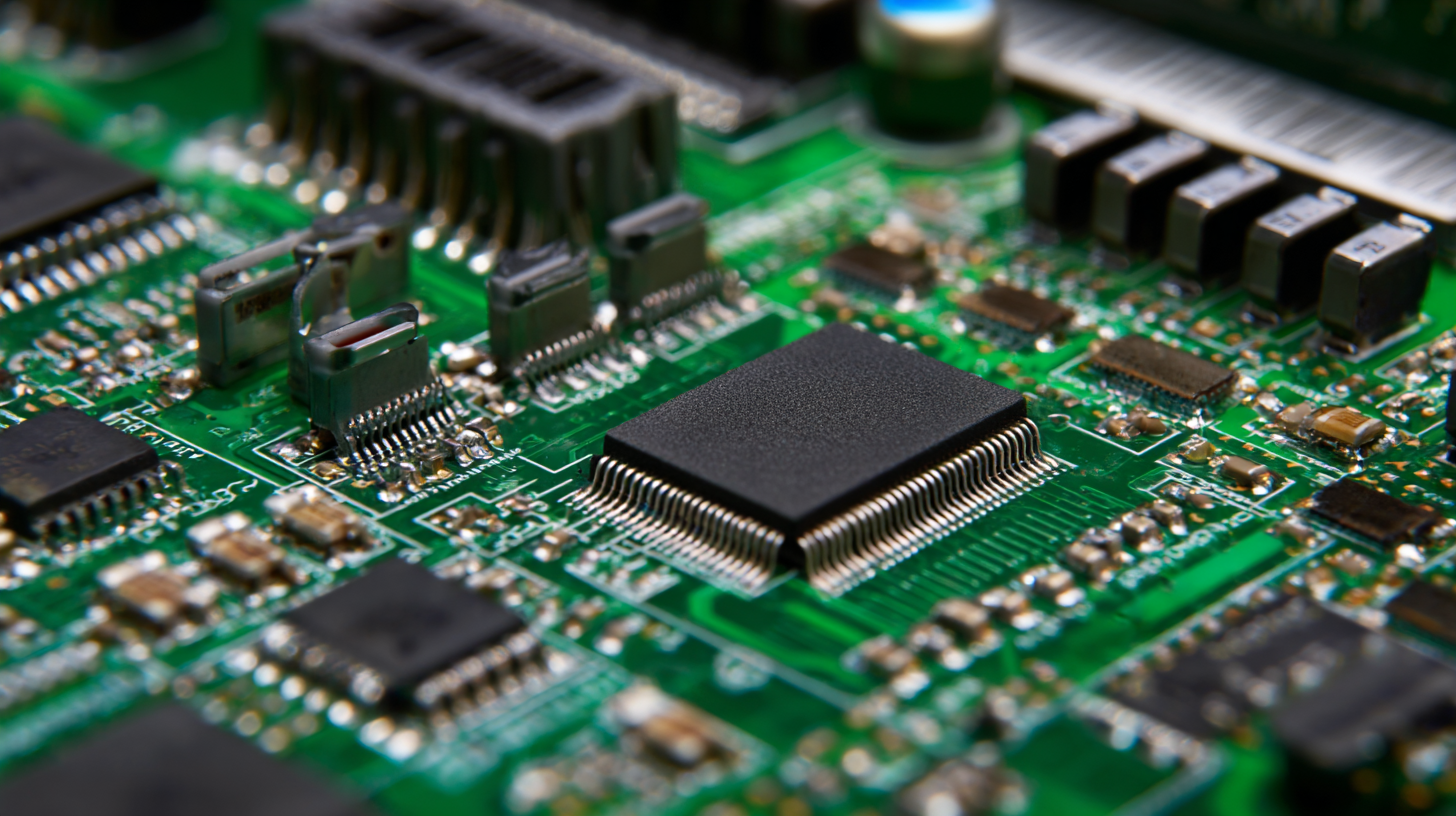
Moreover, implementing technologies like AI and machine learning can enhance quality control measures in PCB assembly. According to a study by IPC, companies that have adopted automated inspection systems saw a 30% reduction in defects. These systems can analyze components and solder joints with high precision, learning from past errors to continuously improve performance. By leveraging automation and innovative technologies, manufacturers can optimize their PCB assembly lines, leading to faster turnaround times and higher-quality products, positioning themselves competitively in the ever-demanding electronics market.
Related Posts
-
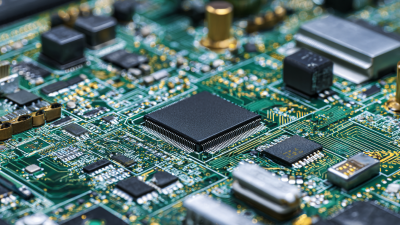
Leading the Way: Unmatched Export Strength of China’s Top PCB Circuit Boards
-
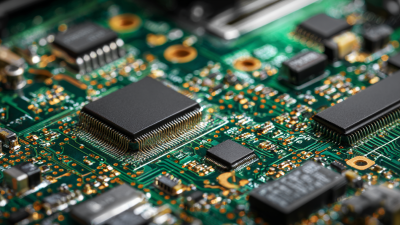
Innovative Circuit Board Assembly Techniques Shaping the Future of Electronics
-

15 Essential Tips for Efficient Printed Circuit Board Assembly
-
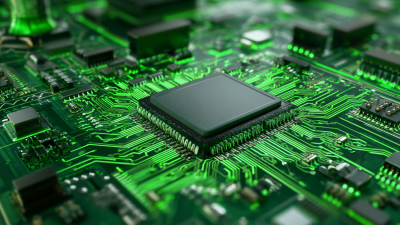
Innovative Uses in Aerospace and Challenges in Best Circuit Board Fabrication
-
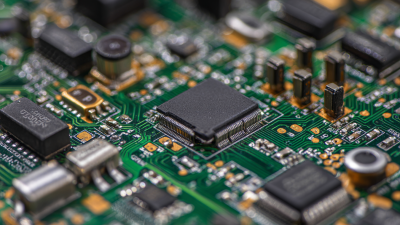
Addressing Common Challenges in Sourcing the Best PCB Circuits for Global Buyers
-
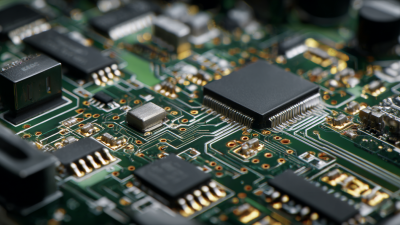
Solutions for Streamlined Best Circuit Board Assembly: Achieving Excellence in Production





